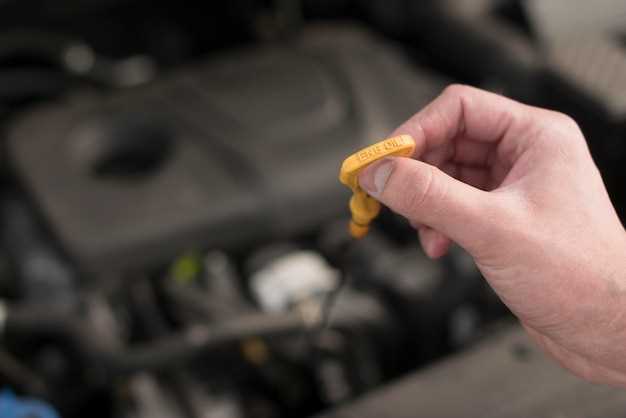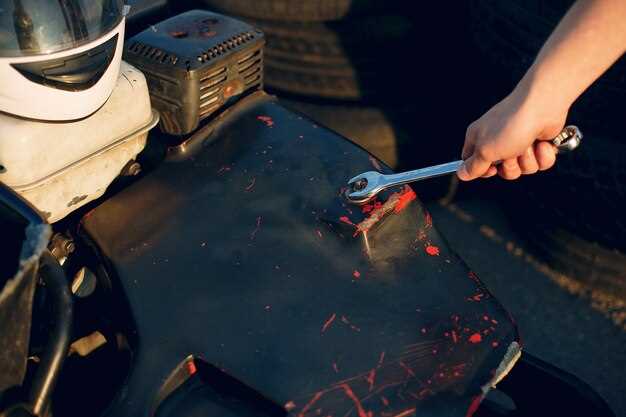
How to Prevent Rust on Your Car’s Body
- Arthur Rodriquez
- 0
- Posted on

Rust can be one of the most damaging threats to your car’s body, significantly affecting its appearance and structural integrity. Understanding the prevention of rust is essential for every vehicle owner. By implementing effective strategies, it’s possible to extend the life of your car and maintain its value over time.
Regular maintenance plays a critical role in rust prevention. Simple actions, such as washing your car frequently and applying protective coatings, can help shield your vehicle from corrosive agents. Additionally, paying attention to areas prone to rust, such as wheel wells and undercarriage, can mitigate the risk of corrosion.
Investing in a high-quality wax or sealant can provide an extra layer of defense, making it harder for moisture and salt to reach the paint and metal surfaces. Moreover, keeping the car dry and well-ventilated, particularly during rainy seasons or winter months, is crucial in preventing rust formation. By following these tips, you can keep your car in top condition and ensure it remains rust-free for years to come.
Regular Washing and Waxing to Protect Your Car
Regular washing of your car is essential for rust prevention. Dirt, grime, and salt accumulation can lead to corrosion, especially in areas prone to dampness. By washing your car frequently, you remove these harmful substances that can cling to the surface and create an environment conducive to rust formation.
It is advisable to wash your car at least once a month, or more often if you live in an area with heavy snowfall or road salt usage. Make sure to clean hard-to-reach areas, such as wheel wells and the undercarriage, as these spots often trap moisture and contaminants.
In addition to washing, applying a coat of wax significantly enhances your car’s protection. Wax acts as a barrier, shielding the paint from moisture and environmental elements that contribute to rust. A good wax finish can repel water and create a smooth surface that is less prone to dirt build-up.
It is recommended to wax your car every three to six months, depending on exposure to the elements. This preventive measure not only enhances the appearance of your vehicle but also prolongs its lifespan by reducing the likelihood of rust development.
Combining regular washing with periodic waxing creates a comprehensive prevention strategy that can save you from costly repairs and maintain the value of your car over time.
Repairing Paint Chips and Scratches Promptly

Paint chips and scratches are not just cosmetic issues; they can lead to significant rust problems if not addressed quickly. When the paint on your car’s body is compromised, it exposes the metal underneath to moisture and air, which can trigger corrosion. This is why prompt repair is essential for rust prevention.
To effectively manage paint damage, inspect your vehicle regularly and identify any chips or scratches. Once you spot an imperfection, clean the area thoroughly to remove dirt and debris. This ensures proper adhesion of the repair materials. After cleaning, you can either use a touch-up paint that matches your car’s color or a rust-inhibitive primer to seal the exposed metal.
Applying a clear coat after touch-up can provide an additional layer of protection against environmental factors. Ensure the repaired area is well-cured before washing your car or exposing it to harsh conditions. By addressing paint chips and scratches promptly, you significantly decrease the likelihood of rust formation and extend the life of your vehicle’s body.
Utilizing Rust Inhibitors and Protective Coatings

One effective method for prevention of rust on your car’s body is the application of rust inhibitors and protective coatings. These products work by creating a barrier that prevents moisture and oxygen from reaching the metal surface, which are essential elements for rust formation.
Rust inhibitors come in various forms, including sprays, liquids, and gels. They often contain chemical compounds that actively halt the oxidation process. When applied correctly, these inhibitors can significantly extend the lifespan of your vehicle’s exterior.
Protective coatings, such as clear sealants or ceramic coatings, provide an additional layer of defense. These coatings not only help in preventing rust but also enhance the vehicle’s appearance and make it easier to clean. They usually contain advanced polymers that bond to the car’s paint, offering long-lasting protection against environmental hazards.
Regular maintenance is crucial to ensure the effectiveness of these products. Inspecting the coatings periodically for signs of wear and reapplying them as necessary can greatly enhance your car’s resistance to rust.
In summary, utilizing rust inhibitors and protective coatings is a proactive approach to safeguard your vehicle against corrosion. Consistent use and maintenance of these products will not only aid in prevention but also ensure that your car remains in pristine condition for years to come.